
Design Strategy
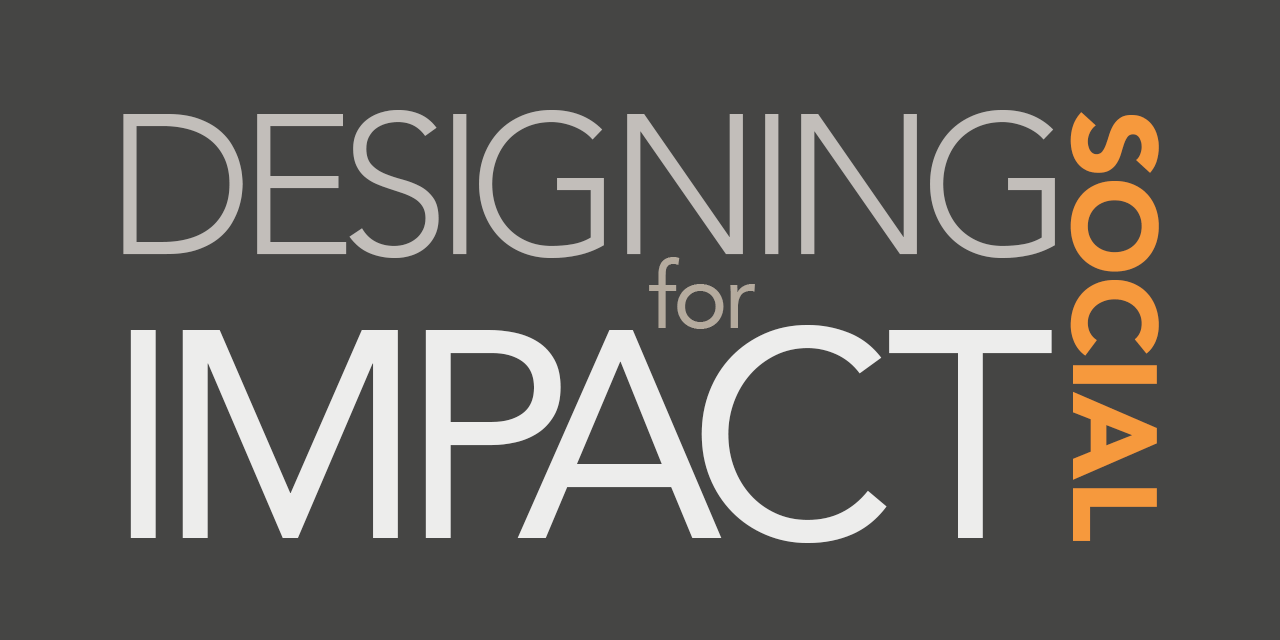
In a recent article entitled 5 Things To Keep In Mind When Designing For Social Impact, Tabitha Yong rightly pointed out that “too many designers use ‘design for social good’ to cushion personal legitimacy, buzzing about ‘social innovation’ and ‘helping the poor’ without thoroughly understanding what these concepts truly entail — or worse, without thinking about whether their contributions are actually doing more harm than good.”
This got us thinking about examples where people have used their designing skills to develop designs that truly do have the potential for great social impact.
A couple of weeks ago we showcased 3 examples of brands that were reimagined for enhanced social impact. Today we’ll look at examples in 3 other fields of design – product, application and space design – that were developed for enhanced social impact in the field of healthcare.
Product Design: HIV Home Test For Developing Countries
According to UNAIDS, in 2017 there were 36.9 million people living with HIV, globally. Of this staggering number, 70% live in Africa while 14% live in Asia and the Pacific, in low and middle income countries.
An early diagnosis is key to preventing the condition from progressing to AIDS. If diagnosed in the early stages, an HIV positive person who receives appropriate antiretroviral therapy (ART) treatment can go on to live a long and relatively healthy life. While notable progress has been made in curbing and preventing the spread of the HIV virus over the past 10 to 15 years*, one of the reasons the epidemic continues is because the societies where it is rampant have poor access to medical facilities. Lack of infrastructure and transport means that a person has numerous obstacles in getting to a facility just to get tested.
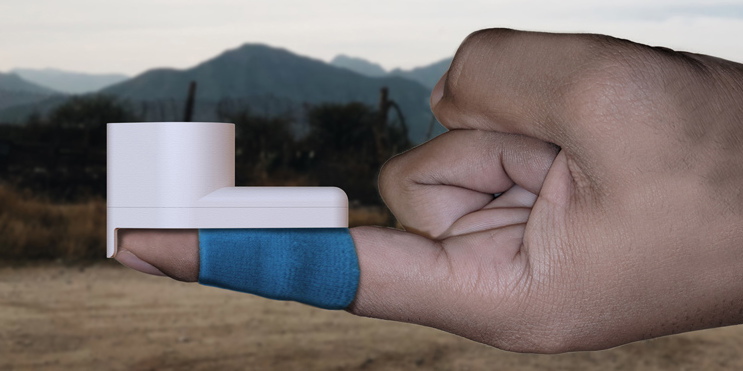
Product designer Hans Ramzan has come up with a solution. The reason his product – Catch – has the potential for vast social impact is that it has been developed keeping the two main constraints in mind:
1. People in developing countries who face huge obstacles in getting to a clinic to get tested, often don’t want to make the journey just to be told it’s “too late” – Ramzan solves this problem by developing a ‘test at home’ device, that reveals the results immediately.
2. Low and middle income sections of society, where the prevalence of the virus is the highest, do not have the resources to access superior medical facilities – Ramzan’s product can be mass produced at a cost of around $5 per piece.
This design helps in quick and easy diagnosis. If you’re interested to learn how the device works, click here.

App Design: BNF Drug Catalogue
Our next pick helps in quick and accurate prescription. With the multitude of drugs and drug combinations available today, doctors have a lot of criteria to consider before they prescribe one to a patient after diagnosis has been completed. Is the patient already on a similar drug? Will the new drug being prescribed result in an adverse reaction with one the patient is currently on. What are the side effects? In Britain, the British National Formulary (BNF) index is the go-to reference book for clinicians to check up on information like this. Recently, design studio Modern Human developed an app version of the index. The designers observed doctors, nurses, pharmacists and medical students struggling between sections of the book, with post-it notes everywhere and using five fingers to keep several sections accessible at once.
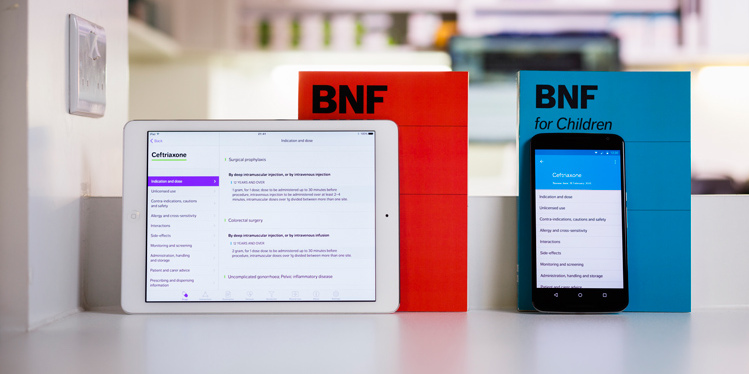
They designed the app to make it easier for medical professionals to search for and compare drugs from their electronic smart devices, without having to flip back and forth through the pages of a voluminous book. Not only does this save a lot of time and improve accuracy, especially when having to cross reference drugs, but it also means that doctors out in the field or on house calls can prescribe on-the-go.
Features like ‘smart search’ or those that highlight interactions with non-medical substances (certain foods for example) go a long way in improving the effectiveness of the user. The free app has been downloaded by over 126,000 clinicians in the past year to treat approximately 1.5m patients every month.
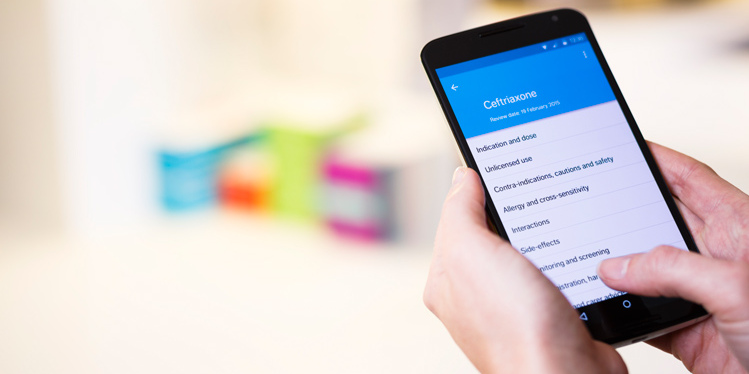
Space Design: GHESKIO Cholera Treatment Centre
The devastating 2010 earthquake in Haiti led to an unprecedented outbreak of cholera, a disease the country had not experienced in over 100 years.
When invited to redesign the GHESKIO hospital after it collapsed in the earthquake, instead of simply designing a space that could treat cholera patients, MASS Design Group looked at developing a holistic solution that would tackle the root of the problem and curb reinfection. Cholera is a water borne disease, so to nip the problem in the bud, MASS incorporated into the building design, a “specialized wastewater treatment system that removes all waterborne disease pathogens on-site to ensure that there is no recontamination of groundwater, and no need for off-site treatment.”
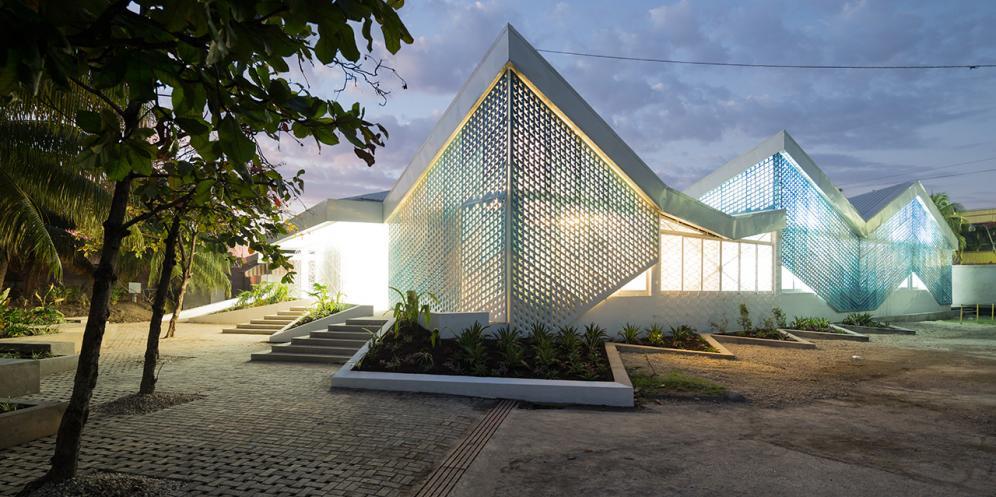
MASS specifically designed the building within its local context. It incorporated a rainwater harvesting system that enables the water so collected to be treated and used for cleaning, bathing and drinking, a clerestory design that allows for natural ventilation and cooling in the hot, humid Haitian climate as well as natural sunlight to enter, and made use of local building materials and craftsmen, to be able to have full control on quality and to sustain the livelihood of the locals. The GHESKIO CTC design embodies the prevention aspect of good medical care.
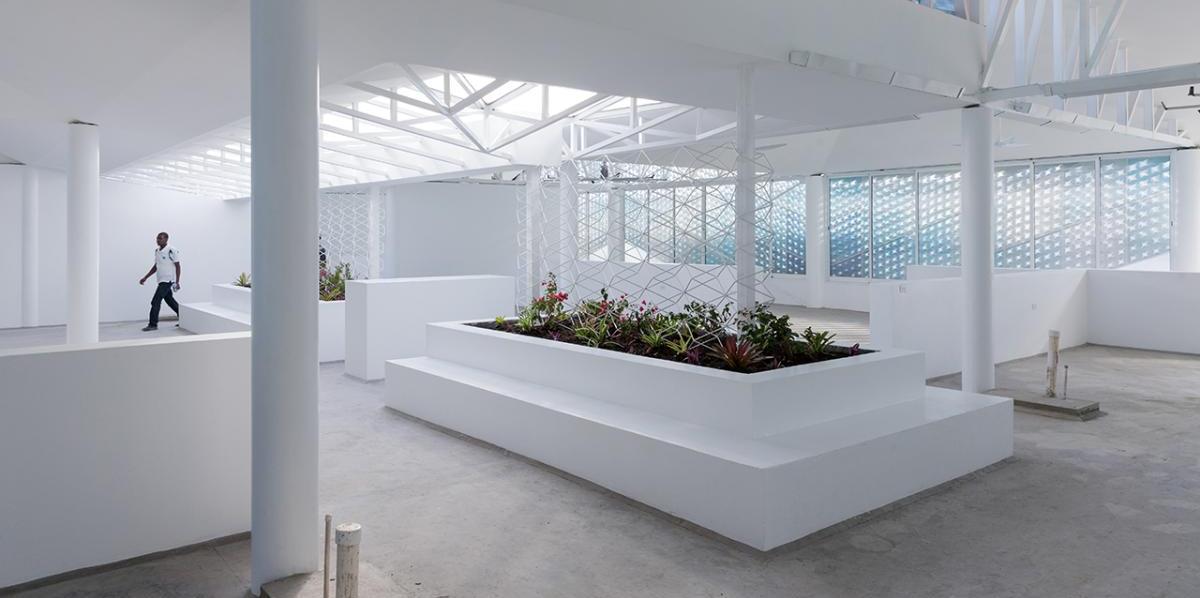
The designers highlighted in this article clearly began developing their designs by first empathising with the end user. By willingly embracing the constraints the projects posed, keenly observing the end user, designing within context and focusing on solving the root cause of the problem, rather than its symptoms – all principles that make up a Design Thinking framework – they were able to arrive at solutions that could truly impact society positively.
Do you have an idea that has the potential to impact society positively? Zeitgeist would be happy to explore the possibilities with you, using our innovative Venture Design framework. Get in touch today!
Gitanjali Singh Cherian
Marketing Manager
*New HIV infections have been reduced by 47% since the peak in 1996. (unaids.org)
